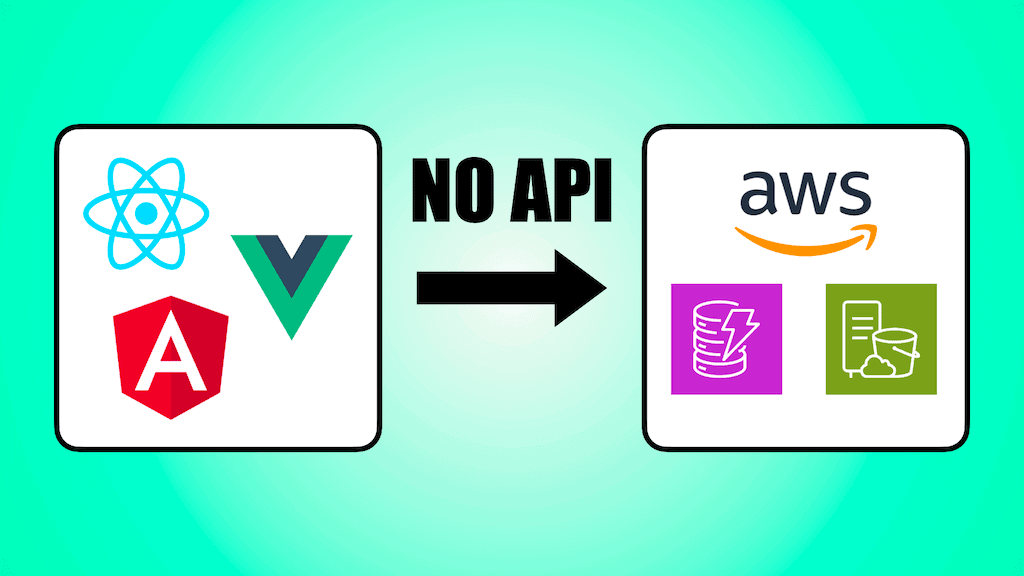How to Securely let Frontend Apps to Directly Access AWS services
In this post, let’s discuss a radical idea – if the API layer is not adding any value besides authentication and calling the AWS SDK, then why not just remove it and let the frontend talk to your AWS resources directly? It will be the cheapest way to build a full-stack application, and there are similar precedents in the IoT space already.
It’s not the way that I’d recommend for most of you. But it’s possible to do it safely so that a user can only access his/her data. All you need is a little bit of IAM policy and a Cognito Identity Pool.

